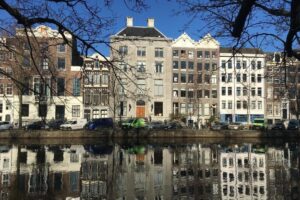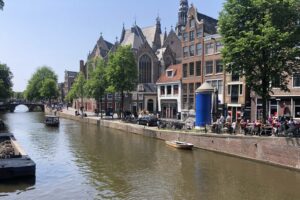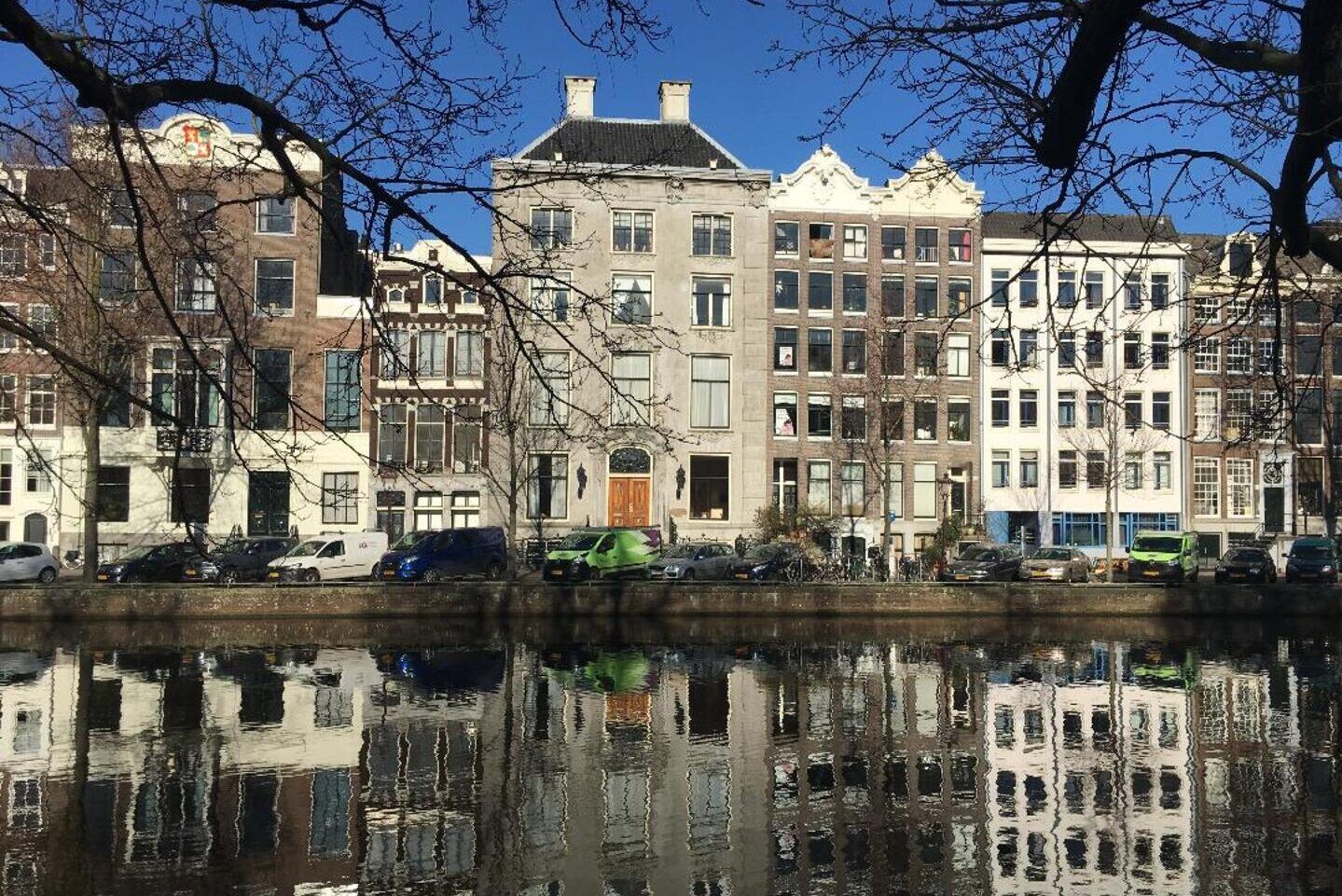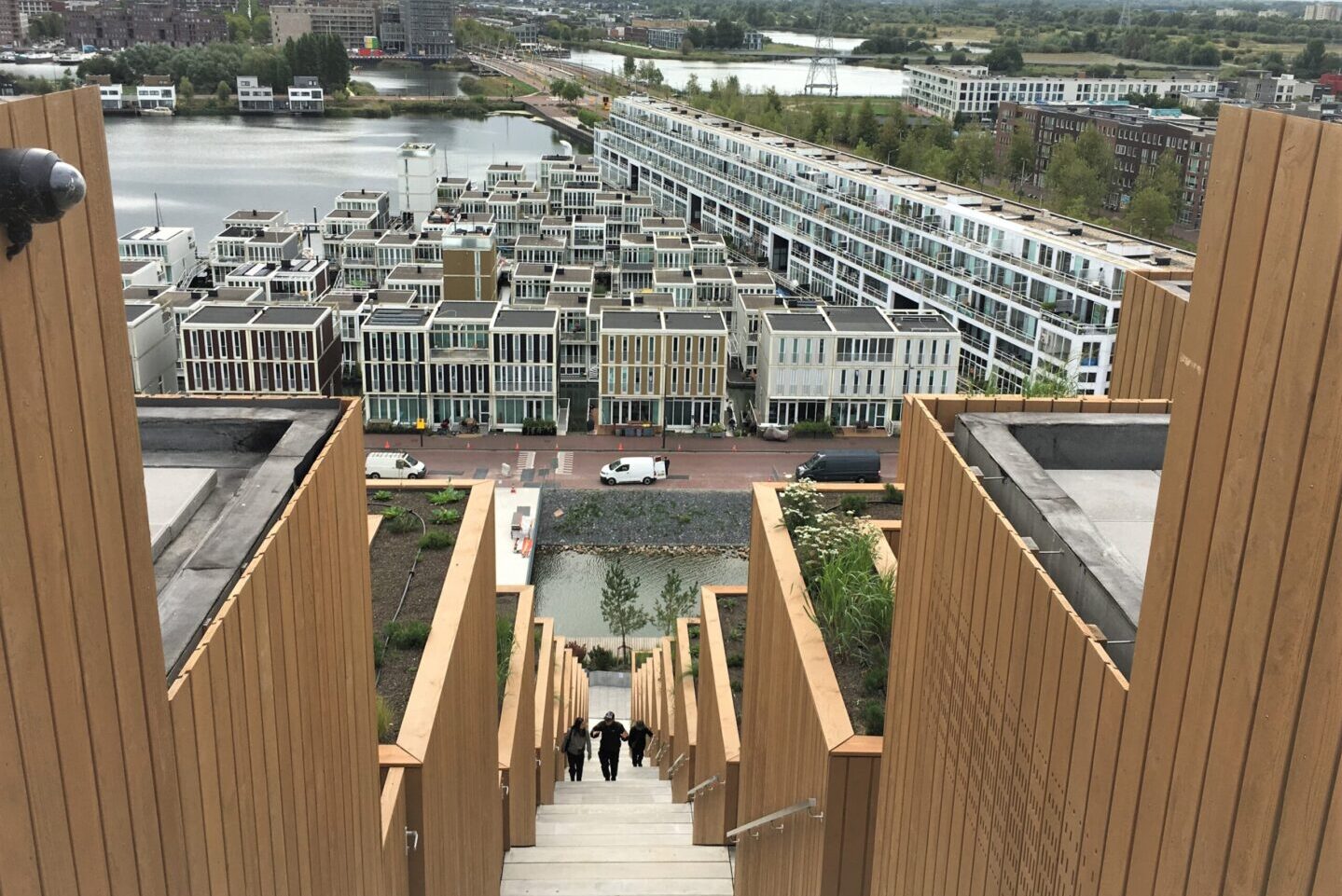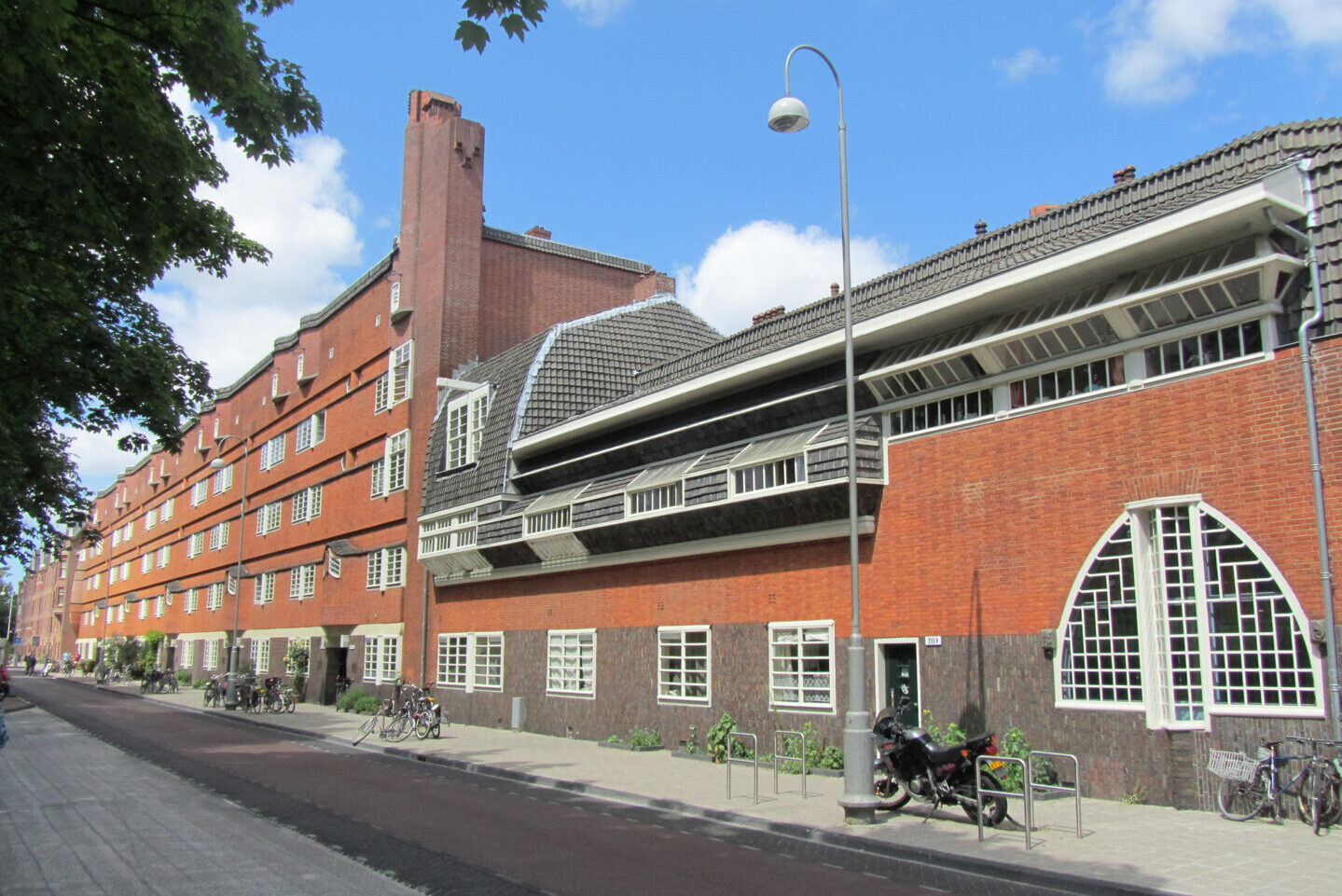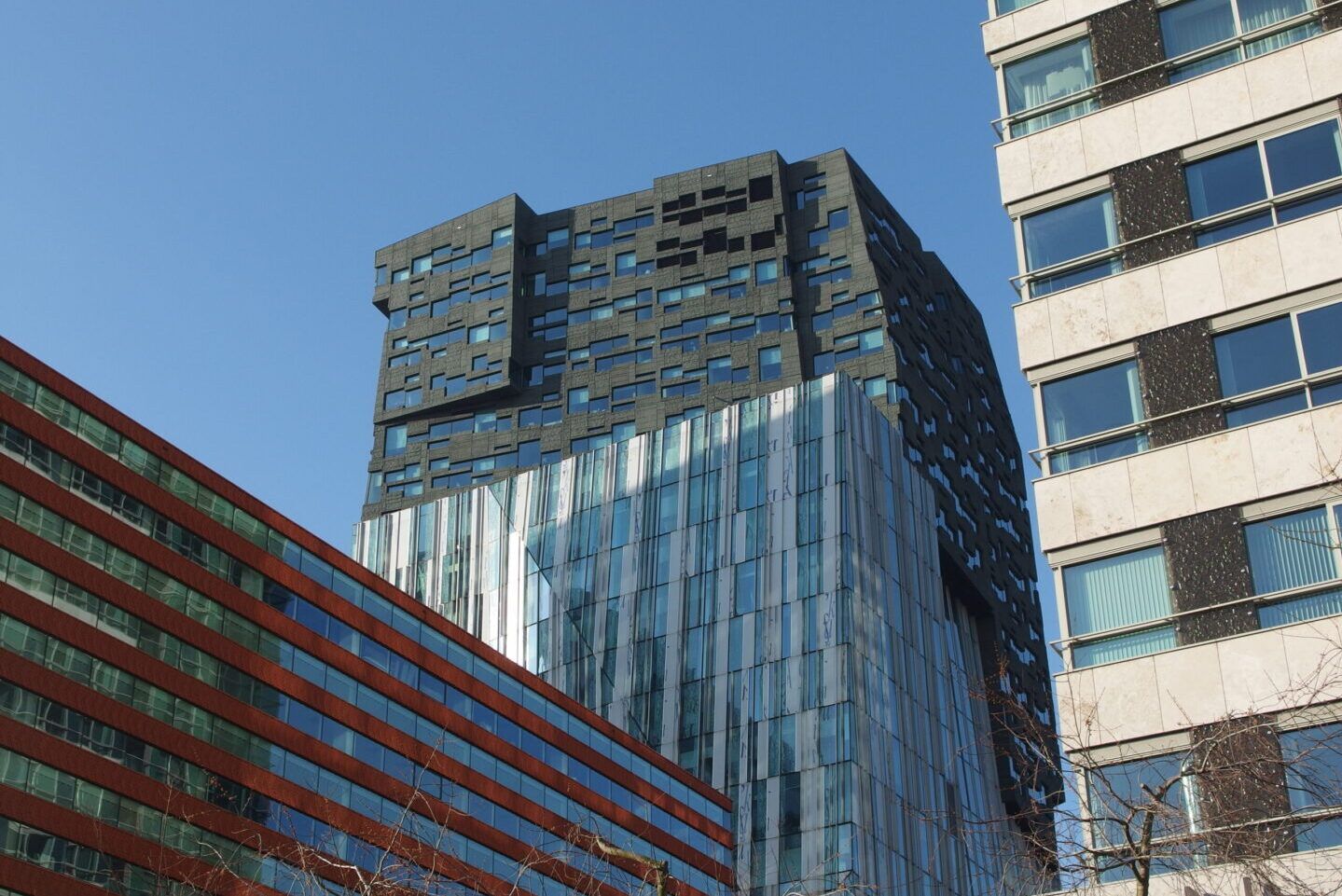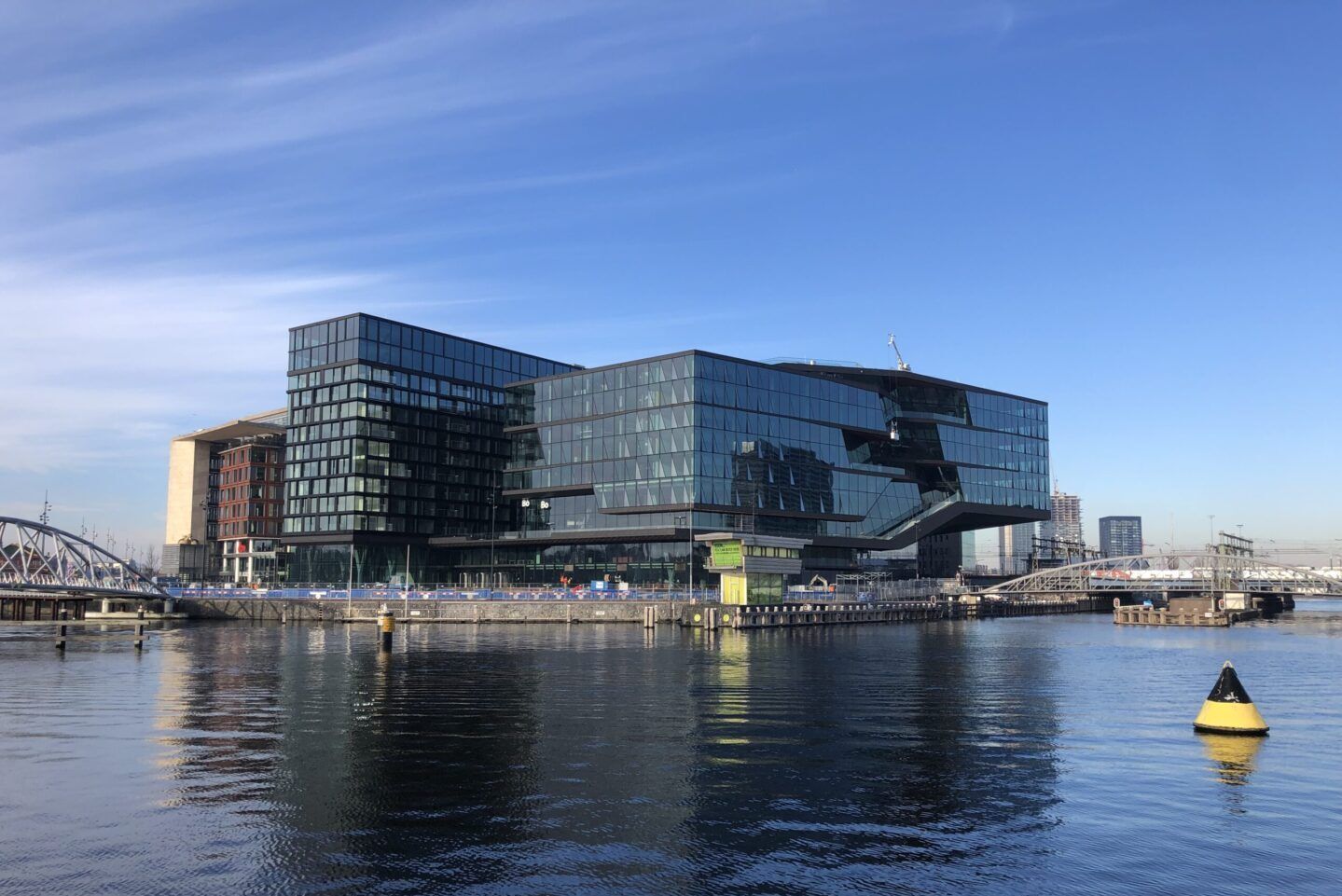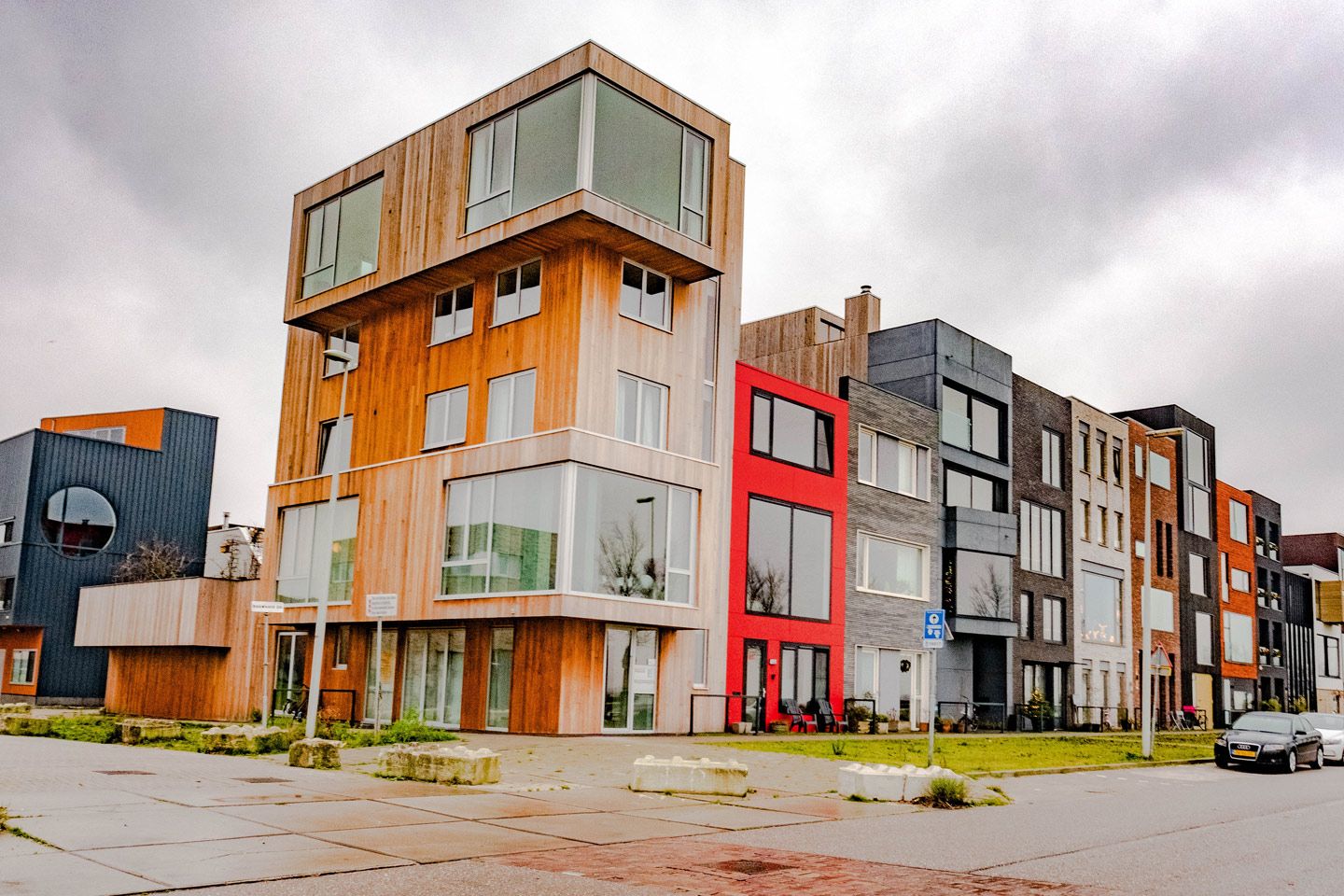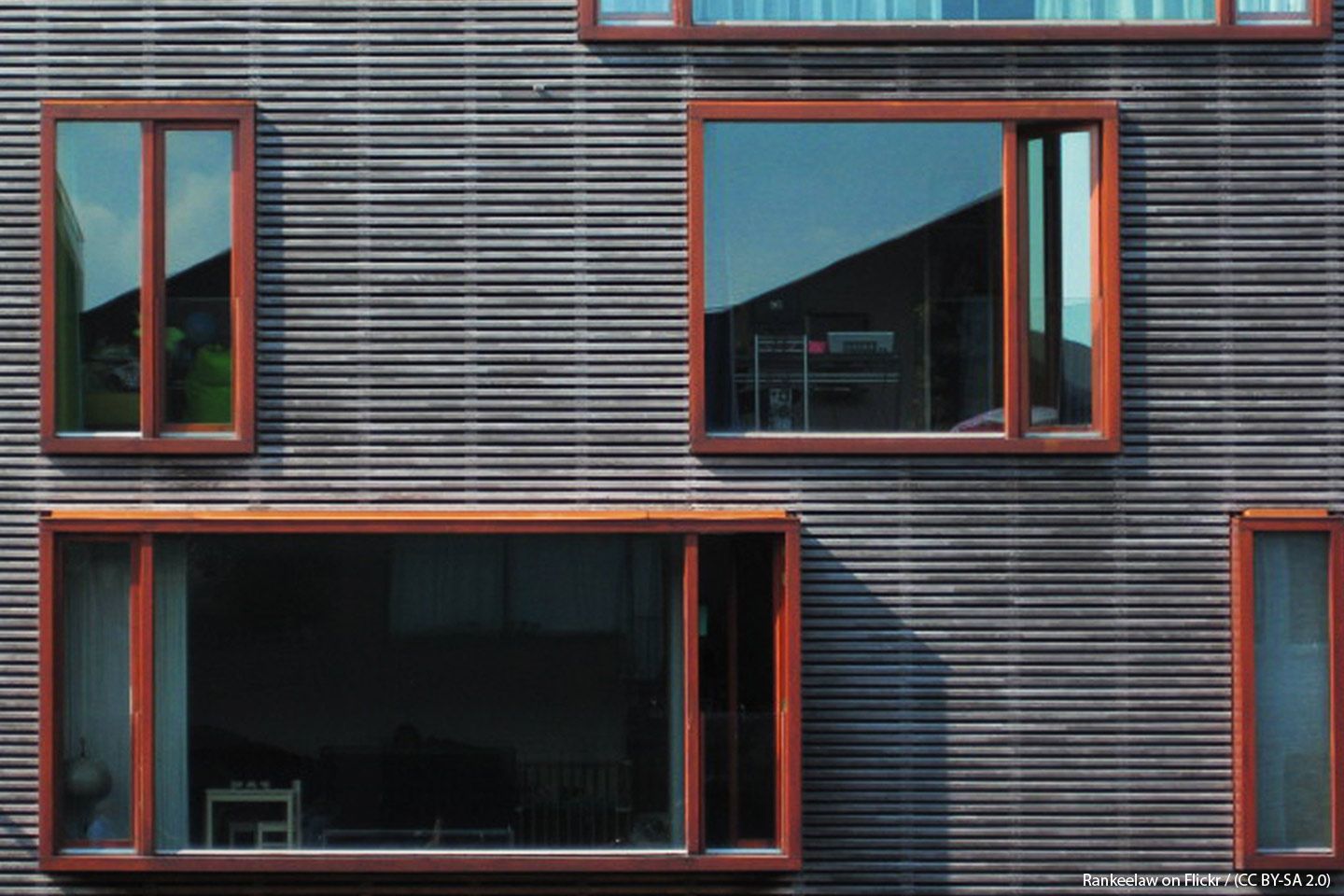Project Description
AMSTERDAM – THE OLD TOWN AND 17TH CENTURY CANAL BELT
Languages available: NL ENG
Customizable tour: Yes
Recommended group size per guide: 25
Duration: 4 hours
DESCRIPTION – Amsterdam: The old town and 17th century canal belt
Amsterdam developed from just a few clay houses on terps, to a fishers village to the worlds main trade city in 1650. In the tour we’ll see and hear about the first dikes and wooden houses, the first stone houses, the prototype Amsterdam canal house and the making of the 17th century canal belt. What was planned and was was natural or coicidentally in the making of the canal belt, a Unesco heritage site. How was the canalbelt used? Who lived there and how did they live? Which spatial and architectural development can be determined in the development of what is the largest European 17th century extension still intact?
The ring of canals in Amsterdam was a project for a new “port city,” built in the late 16th and early 17th centuries. To expand the city area, reclamation of the marshland was necessary. For this purpose, a network of canals was built – in concentric arches – to the west and south of the historic old town and the medieval harbor. Along the canals are numerous monuments and houses with their characteristic gables. This model of urban expansion – the largest and most coherent of its time – served as a reference throughout the world until the 19th century.

